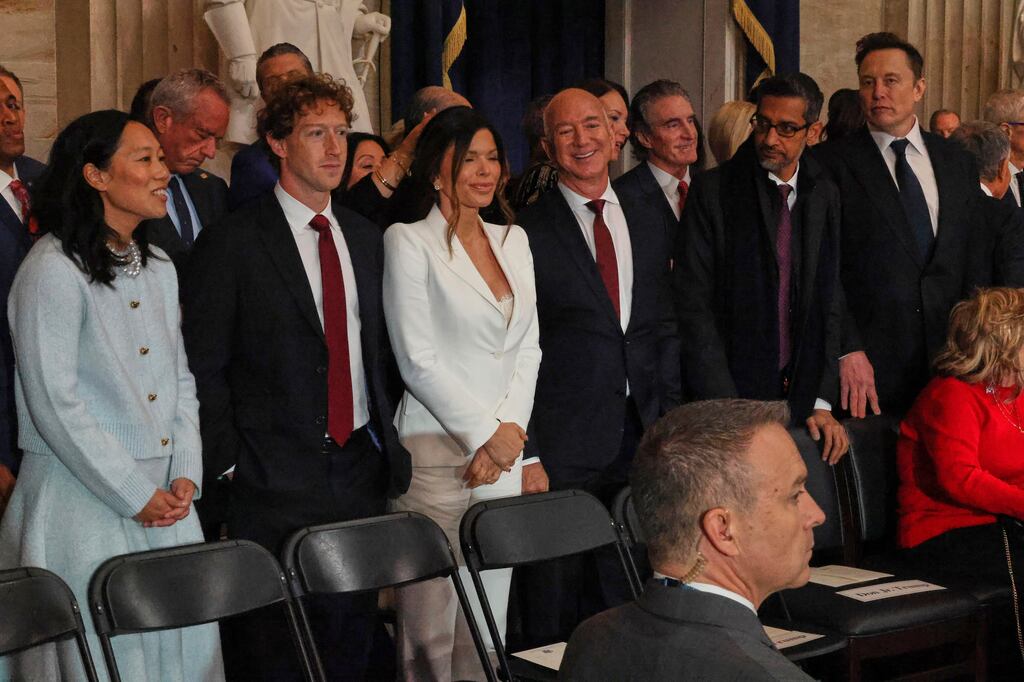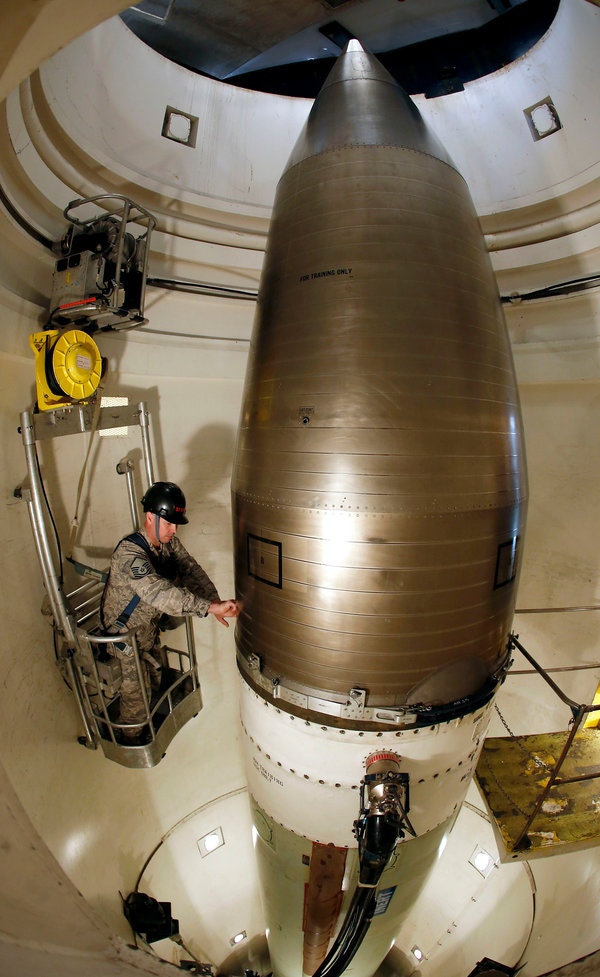Nuclear Energy And The Trump Administration: A Focus On Accelerated Construction

Table of Contents
Trump Administration's Policies Promoting Nuclear Energy
The Trump administration pursued a multi-pronged approach to revitalize the American nuclear energy sector and expedite the construction of new plants. This involved significant regulatory reform, substantial financial incentives, and a focus on advanced reactor technologies.
Regulatory Reform and Streamlining
A key element of the administration's strategy was streamlining the regulatory process. This involved:
- Reducing the scope of environmental impact statements: Efforts were made to simplify the environmental review process, aiming to reduce delays associated with lengthy assessments.
- Streamlining licensing procedures at the Nuclear Regulatory Commission (NRC): The NRC implemented measures to expedite the licensing and approval process for new nuclear power plants, aiming to reduce bureaucratic hurdles.
- Improving inter-agency coordination: Enhanced communication and collaboration between various government agencies involved in the approval process were intended to improve efficiency.
These reforms aimed to significantly reduce the time it took to get regulatory approvals, ultimately impacting the overall construction timeline. However, concerns remained about whether these changes might compromise necessary safety protocols.
Financial Incentives and Loan Guarantees
The administration also offered substantial financial support to incentivize investment in nuclear power plant construction. This included:
- Loan guarantees through the Department of Energy (DOE): These guarantees reduced the financial risk for private companies, making it easier to secure funding for large-scale projects.
- Tax credits and other financial incentives: Various tax breaks and subsidies were offered to make nuclear power projects more economically attractive to investors.
Examples of projects potentially benefiting from these incentives remain a subject of ongoing analysis. Determining the precise impact of these financial measures on accelerating construction requires further investigation.
Focus on Advanced Reactor Technologies
The Trump administration also championed the development and deployment of advanced reactor technologies, such as Small Modular Reactors (SMRs).
- SMRs offer potential advantages in terms of construction time and cost: Their smaller size and modular design could potentially lead to faster construction timelines and reduced overall project costs.
- Government funding and research initiatives: The administration supported research and development programs aimed at advancing SMR technology and paving the way for commercial deployment.
The belief was that these innovative reactor designs could revolutionize the nuclear energy sector, contributing to a faster and more efficient construction process.
Impact on Construction Timelines and Costs
Assessing the direct impact of the Trump administration's policies on nuclear power plant construction timelines and costs requires careful analysis of specific projects.
Case Studies of Nuclear Projects
While comprehensive data is still being collected and analyzed, some projects initiated or advanced during this period could serve as case studies. Comparing their construction timelines with similar projects undertaken before the administration could offer insights into the effectiveness of the implemented policies. This comparison needs to account for numerous variables beyond government policy, such as site-specific challenges and technological complexities.
Analysis of Construction Costs
Determining the impact on overall construction costs is complex. While accelerated construction might, in theory, reduce costs by minimizing financing and labor expenses over time, other factors could offset this, including potential increases in material costs or unexpected delays. A thorough cost-benefit analysis remains necessary to reach a definitive conclusion.
Challenges and Criticisms of the Accelerated Construction Approach
Despite the administration's efforts, several challenges and criticisms arose concerning the accelerated construction approach.
Safety Concerns and Regulatory Oversight
Concerns were raised about the potential for compromises in safety standards due to the emphasis on speed. Maintaining stringent safety protocols alongside accelerated timelines required diligent oversight from the NRC and other regulatory bodies. The balance between speed and safety remained a critical point of debate.
Public Perception and Opposition
Public perception of nuclear energy and large-scale construction projects often involves significant opposition. Environmental groups and local communities expressed concerns about potential environmental impacts, waste disposal, and the long-term risks associated with nuclear power. This opposition could influence project timelines and outcomes.
Economic Viability and Long-Term Sustainability
The economic viability of nuclear power plants, even with accelerated construction, remained a subject of debate. Long-term sustainability factors such as waste disposal, decommissioning costs, and the fluctuating price of alternative energy sources needed to be carefully considered. The financial risks associated with large-scale projects and potential cost overruns remained a concern.
Conclusion: The Legacy of Accelerated Nuclear Energy Construction Under the Trump Administration
The Trump administration's policies aimed to significantly accelerate nuclear energy plant construction through regulatory reform, financial incentives, and a focus on advanced reactor technologies. While some progress was made, assessing the full impact of these policies requires further research and analysis. The legacy of these policies will depend not only on the completion of ongoing projects but also on the long-term economic viability and public acceptance of nuclear power. The success of this approach requires a careful balance between speed, safety, and cost-effectiveness, acknowledging the significant public and environmental concerns surrounding nuclear power generation.
To further explore the multifaceted implications of these policies and their influence on future energy production, further research and open discussion are crucial. We encourage readers to explore additional resources and engage in informed conversations about nuclear energy development and its future role in a sustainable energy landscape.

Featured Posts
-
 Tech Billionaires Losses 194 Billion In 100 Days Post Trump Inauguration Donation
May 10, 2025
Tech Billionaires Losses 194 Billion In 100 Days Post Trump Inauguration Donation
May 10, 2025 -
 Thailands Transgender Community A Fight For Equality Featured In The Bangkok Post
May 10, 2025
Thailands Transgender Community A Fight For Equality Featured In The Bangkok Post
May 10, 2025 -
 Young Thug Addresses Infidelity In New Music Snippet
May 10, 2025
Young Thug Addresses Infidelity In New Music Snippet
May 10, 2025 -
 Trumps Plan To Accelerate Nuclear Power Plant Builds
May 10, 2025
Trumps Plan To Accelerate Nuclear Power Plant Builds
May 10, 2025 -
 Impact Of Trump Order Ihsaas Ban On Transgender Athletes In Girls Sports
May 10, 2025
Impact Of Trump Order Ihsaas Ban On Transgender Athletes In Girls Sports
May 10, 2025
